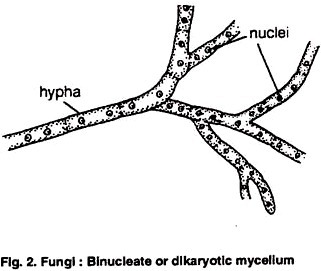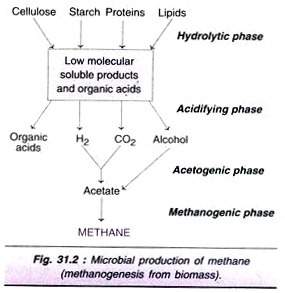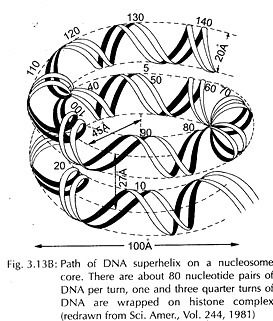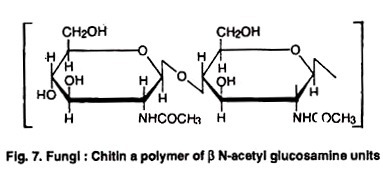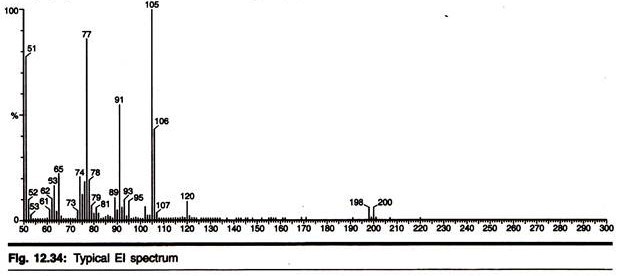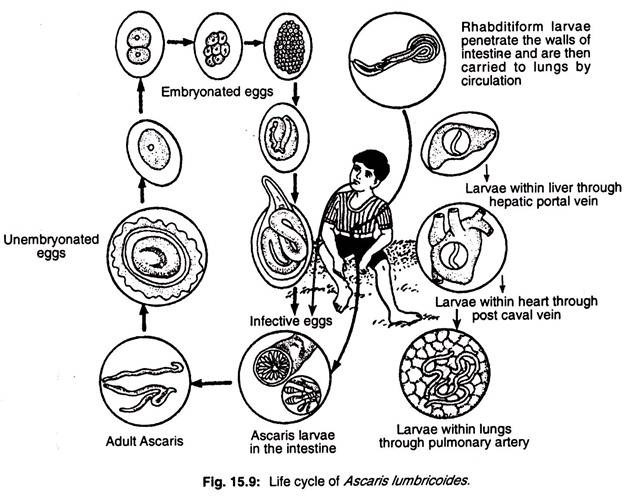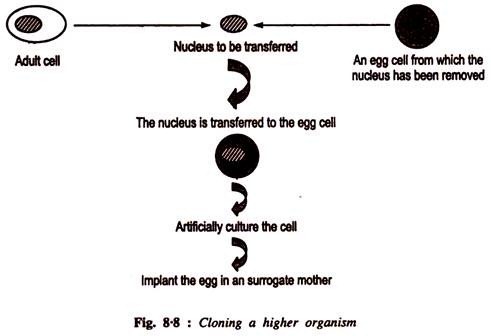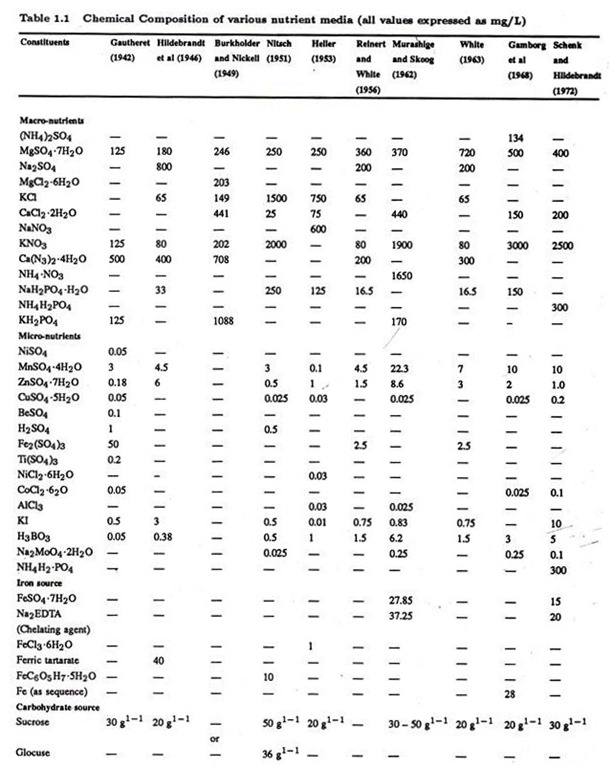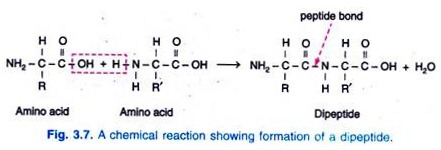The human heart is pinkish about the size of a fist and weighs approx. 300 gms, the weight in females being about 25% lesser than the males.
It is a hollow, highly muscular, cone-shaped structure located in the thoracic cavity above the diaphragm in between the two lungs.
It is protected by rib cage. The narrow end of the triangular heart is pointed to the left side, during working this end gives a feeling of the heart being on the left side.

Location of heart:
Heart is right in the centre between the two lungs and above the diaphragm in the ribcage. The narrow end of the roughly triangular heart is pointed to the left side and during working the contraction of the heart is most powerful at this end giving a feeling of the heart being on the left side.
External Structure:
The heart (Fig. 1.2) is surrounded by two layered tissue membrane called pericardium. The space between the two layers is filled with fluid called pericardial fluid. This fluid protects the heart from external pressure, push, shock and reduces friction during the heart beat and facilitates free heart contraction.
Internal Structure:
The heart (Fig. 1.3) is composed of outer pericardial, middle myocardial and inner endocardial layers, which correspond to tunica adventitia, tunica media and tunica internal respectively of the blood vessels layers. The heart consists of four chambers. The two thin walled auricles which are upper chambers (right and left). Right and left auricles are separated from each other by an inter-auricular septum.
Right auricle receives deoxygenated blood from the body parts by anterior and posterior vena cava. The two thick walled lower chamber (right and left) are called ventricles. Right and left ventricles are separated by an inter-ventricular septum. The walls of left ventricle are much thicker as it supplies blood to large distance and up to the brain against gravity. The left ventricle has chordae tendinae and papillary muscles which prevent tricuspid and bicuspid valves from being pushed into auricles at the time of ventricular contraction.
Blood Vessels Entering and Leaving the Heart:
1. (a) Superior vena cava:
It brings deoxygenated blood from anterior body parts (head, neck, chest and arms) to the right auricle.
(b) Posterior vena cava:
It brings deoxygenated blood from posterior or lower body parts i.e. abdomen and legs to the right auricle.lt is the largest vein.
2. Pulmonary artery:
It arises from right ventricles and carries deoxygenated blood to the lungs for oxygenation.
3. Pulmonary vein:
It arises from each lung and brings oxygenated blood from lungs to left auricle.
4. Aorta:
It arises from left ventricles and carries oxygenated blood to supply it to all body parts. Abdominal aorta is the largest artery.
5. Coronary arteries:
There are two coronary arteries right and left, arising from the base of aorta and supply blood to heart muscles, (blockage at these arteries result a myocardial infraction or heart attack).
Valves in the Heart:
1. Right atrio-ventricular valve (Tricuspid valve)-Located at the opening between right auricle and right ventricle.
2. Left atrio-ventricular valve (“Mitral” or bicuspid valve)-Located at the similar way between left auricle and left ventricle.
3. Pulmonary semi-lunar valve: Present at the opening of right ventricle into pulmonary artery.
4. Aortic Semi-Lunar Valve: Located at the point of origin of aorta from left ventricle.
Pacemaker tissues of the Heart:
Certain tissues in the heart, concerned with the initiation (generation of impulse) and propagation (conduction) of the heart beat, are called “Pace- Maker” tissue, such as:
1. Sino Atrial Node (S.A. Node):
It is located at the junction of superior vena cava with right auricle it initiates and maintains the myocardial activity and its rhythmicity, (called pace maker of heart).
2. Atrio-Ventricular Node (A.V. Node):
Located posteriorly on right side of the interatrial septum near coronary sinus, in the destruction of S.A. Node. The function of pace maker can be taken up by the A.V. Node.
3. Bundle of HIS:
Starts from A.V. Node along interventricular septum at the top. Impulses travel along bundle of HIS on to ventricles.
4. Purkinje Fibers:
Located at the terminal divisions of right and left branch of the bundle of HIS. Purkinje fibers transmit the impulse at a fast velocity of 4 mts/sec.
Dr. Christian N. Barnard (1922-2001):
The South African Surgeon Dr. Christian N. Barnard born on November 8, 1922 in Beaufort West, South Africa. In 1953 he received an M.D. from University of Cape Town. Dr. Barnard performed the world’s first human heart transplant on 3 December 1967. The patient, 53 years old dentist Louis Washkansky, was given the heart of a 25 years old auto crash victim named Denise Darvall.
Working of Heart:
The pumping action of heart (Fig. 1.4) starts by the contraction of its muscular walls (Fig. 1.5). The alternate contraction and relaxation (dilation) continues regularly. The waves of contraction is initiated by Sino-auricular node (S.A. Node) situated on inner wall of right auricle. Right auricle is filled with deoxygenated blood, brought through the right and left superior vena cava from right and left side of the head, neck, chest and arm. Right and left posterior vena cava brings deoxygenated blood to right auricle from left and right lower body parts such as abdomen and legs.
(Simultaneously left auricle is filled with oxygenated blood) when both auricles are filled with the blood, wave of contraction starts from S.A. Node and spreads over both the auricles resulting the contraction of both auricles, simultaneously, and blood is pushed into ventricles of their sides through atrio-ventricular valves. Atrio-ventricular valve (tricuspid) which is a three flap valve present between the right auricle and right ventricle, stops back flow of blood from ventricles to auricle.
Atrio-ventricular valve which is a two flap (bicuspid) valve present between left auricle and left ventricle and stops back flow of blood from ventricle to auricle. Just after the filled of ventricles, relaxation starts in the walls of auricles due to this deoxygenated blood rushes from veins to right auricle and oxygenated blood through pulmonary vein in to left auricle (Fig. 1.6).
Now atrio- ventricular node is excited, (Present near inter auricular septum on the wall of right auricle) by the wave of contraction of auricles, wave of contraction spreads over to wall of ventricles through bundle of HIS and Purkinje Fibers. Now both the ventricles contract simultaneously causing pressure of blood contained in them, blood of right ventricle is forced in pulmonary artery through semilunar valves, (this valve prevent the backflow of the blood) to the lungs for gaseous exchange, (oxygenation and carbon dioxide removal and also provide nutrition to the lungs) after this oxygenated blood comes to left auricle through pulmonary vein. From left auricle oxygenated blood passes into left ventricle through left auri-ventricular valve. Now from left ventricle oxygenated blood is pumped into aorta through aortic semilunar valve to supply it to all body parts. Sometimes the pacemaker becomes faulty (slow heart beat) causing heart trouble. A battery operated artificial “pacemaker” is fixed in the heart of such patient (Fig. 1.7).
Electro Cardiogram:
Einthovan is the father of ECG. An instrument called electrocardiograph can record the electrical changes during the heart beats. The electrodes attached to the skin of the chest, near the heart, pick up electrical signals from the heart.
The graph of electrical voltage produced by heart with time recorded by an electrocardiograph is called electrocardiogram or ECG. (Fig. 1.8-1.10). S.A. Node has a unique property of self excitation, thus it is called pace-maker. Paul M. Zoll an American developed a technique for pacing the heart through the pace-maker, intact into the chest.
Heart Beat and Rate:
Rhythmic contractions and relaxations of auricles and ventricles is known as heart beat (Fig. 1.11 a & b). The contraction phase is systole, followed by relaxation phase known as the diastole.
A full heart beat in human beings lasts for about 0.85 seconds and this period splits as follows:
Systole of auricle – 0.15 seconds
Systole of ventricle – 0.30 seconds
Auricles and ventricles in diastole-0.40 seconds.
When ventricle contract and A.V. valves close with a jerk, producing the first heart beat sound with low pitch “Lubb”. The second sound of the heart beat with high pitch “Dupp” is produced, when at the beginning of ventricular diastole the semi lunar valves close. The doctor listens heart beat sound by an instrument called ‘stethoscope’ Fig. 1.12 (a & b).
The Pluses:
The human heart beats, at the rate of about 70- 72 per minute at rest. Every time the heart pumps blood into arteries, they distend rhythmically. This rhythm or wave can be felt and counted in the superficial and radial arteries near the wrist (Fig. 1.13). This count represent the count of the heart beat.
Some of the variations in heart beats per minute are as follows:
Adult man – 64-72
Adult women – 72-82
Whale – 15
New born baby – 140
Elephant – 25
Sparrow Rat – 800-900
Blood Vessels – 250
 Blood vessels:
Blood vessels:
Blood vessels form a network of tubes which carry blood away from the heart and towards the heart and perform the function of transport to the tissues (Fig. 1.14 a to c).
These blood vessels are of following types:
(a) Arteries:
An artery is a vessel which carries oxygenated blood to various body tissues (except pulmonary artery which carries deoxygenated blood). Artery has thick, muscular and elastic walls. The outer layer of walls is called tunica externa middle one is called tunica media and inner is called tunica interna.
Tunica externa is made up of connective tissue, tunica media is made up of collagen fibers and un-striped muscles. Tunica interna is made up of endothelium and connective tissue. Lumen of arteries is small and valves are absent in arteries. Arteries do not collapse when empty. Blood flows with jerks and under great pressure in arteries. Smallest artery breaks into arterioles.
(b) Veins:
Veins carry deoxygenated blood to heart (except pulmonary vein which carry oxygenated blood). Veins are also composed of outer tunica externa, middle tunica media and inner tunica interna. The walls of veins are thin, less muscular and non- elastic. Veins have valves in their inner lining. Blood flows under little pressure in veins. Small veins are called venules. Veins collapse when empty.
(c) Capillary:
Capillaries are microscopic vessels, their walls are made up of squamous epithelial cells. Capillaries have power of vasodilation (dilating) and vasoconstriction (decrease blood supply).
